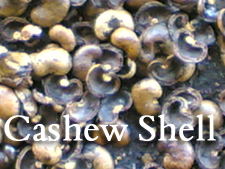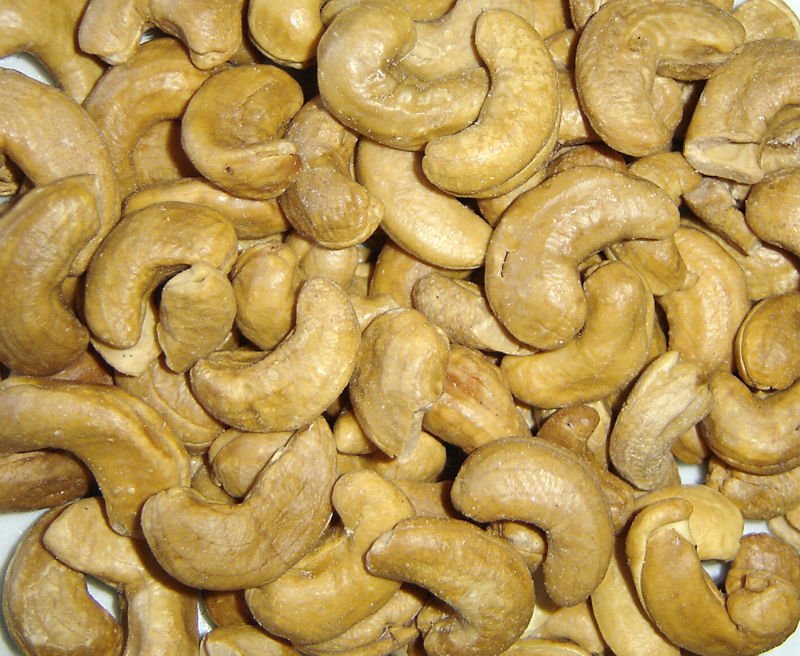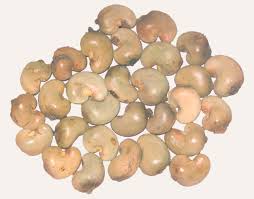

Over time, there was a realization that it was the fruit skin, not the irritating seeds. Because of the irritating shells, they were thought to be inedible at first. The cashew was first discovered by Europeans in Brazil around 1558. What is much more common is the allergy to the outer coating on the fruit’s skin. Chemically, this resin is related to the more well-known allergenic oil urushiol, a toxin in poison ivy.
#Cashew outer shell skin#
This composition is a potent skin irritant. The seed has a double shell containing an allergenic phenolic resin containing an anacardic acid. However, for this reason, they are the only ‘nut’ that sells solely without a shell.

Instead of growing like conventional nuts, they grow out of the base of cashew apples like little tails.

The issues requiring critical consideration are not related only to the production process, but to the consumption choices as well. It is our responsibility as consumers to support this by buying fairtrade certified products. Whether African workers receive a fair compensation for their work – remains a critical question. On the other hand, the cashew nuts distribution enables African residents to build small regional companies, acquire some technical instruments and by that, to support their existence. This requires a lot of manpower and also intuitive flair.
#Cashew outer shell manual#
The whole process is very time consuming and involves many manual steps.

The safest way to do this is by packing them by hand, as mechanical manipulation can damage them. Only white, large and whole nuts reach the highest quality level and achieve the highest distribution prices. The last step consists of sorting the cashews by size.When manually cleaning the nuts with a knife, it is also important not to contaminate the core with the poisonous peel oil. For this operation, workers often rub their hands with oil or clay or use gloves. Contact with skin and mucous membranes can even cause severe chemical burns. That makes it extremely dangerous when ingested and a strong skin irritant. At this stage, the cashew kernel it is still covered with a soft shell, which contains a substance similar to the chemical in Poison Ivy (Urushiol).The cashew kernels are dried on heated racks, to facilitate the peeling process.
#Cashew outer shell cracked#
Cashew nuts need to be placed individually between the machine blades, the shell cracked open and the cashew kernel removed. The outer shell can be now removed by using a special manually operated device to split the shell.This work is performed in the video by Mr. After steaming, roasting or cooking, the cashews must dry in the shade for 24 hours.Because they have been exposed to high temperatures, the cashew nuts can no longer be considered raw. However, the resulting smoke is harmful to health. During this procedure, the toxic compounds are burned and the shell becomes brittle. Since this is very hard, the cashew nuts are first steamed, roasted or boiled in oils. To get to the cashew kernel, the outer shell of the raw cashew has to be removed.In order to be made edible, they undergo elaborate processing phases which are done mostly manual and usually pose a health risk for the workers. This video shows a reality mostly unknown to many cashew distributors and consumers, as well as an interesting perspective on African communities.Ĭashew nuts are not edible in their raw form because of the toxic compounds found in their two layers of shells. Healthy, Wholesome, Vegan, Special eating habits, Health, Ingredients


 0 kommentar(er)
0 kommentar(er)
